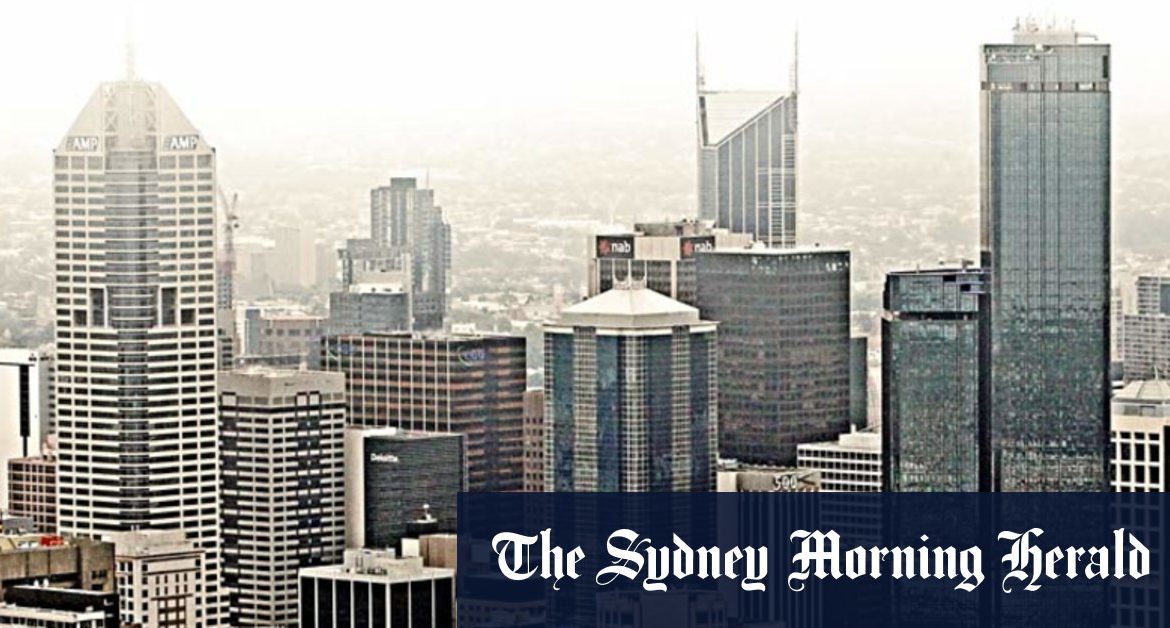Any change in commuters’ behaviour or company policies around employees working from home will have a significant impact.
In a bid to rescue its ailing economy, Melbourne Council met with the city’s top 10 employers last month and asked each for a “CEO pledge” – that they will return their workers to city offices.
Companies in Sydney held back because they saw what was going on in Melbourne.
Richard Fennell, JLL
The companies – ANZ, Optus, PwC and NBN Co among others – agreed to target getting 70 per cent of their workforces back into the city once the Andrews government lifts work-from-home restrictions.
“Without intervention, there is a risk that office worker numbers in Melbourne will remain low for an extended period of time,” the council said.
Businesses across the spectrum are “uncertain about what they’re going to do,” said Savills Australia’s head of office leasing Mark Rasmussen.
Loading
“A lot are deferring decisions so they can have a better idea of where they’re going to be in 12 months time.”
Two-thirds of Victorians believe office workers should now be able return to COVID safe workplaces, according to recent Roy Morgan polling.
But many won’t be sitting at their city desks until the start of the new year, at the earliest.
Premier Daniel Andrews last week said the government was keen to get people safely back into offices as soon as possible, but the days of workers flocking into the city were over.
“The notion that every worker will be spending every hour where they used to work is gone,” he said.
While Melbourne’s occupancy is the nation’s worst, hollowed out CBDs can be seen around the country. Office occupancy in Brisbane is at 61 per cent and 77 per cent in Perth.
Even now, after months of unrestricted movement, Sydney’s office towers remain less than half full, at around 40 per cent capacity, said Richard Fennell, JLL’s head of property and asset management.
Mr Fennell attributes the slow return of workers in the harbour city to Melbourne’s second wave and its extended lockdown.
“Companies in Sydney held back because they saw what was going on in Melbourne,” he said.
Loading
Both cities will fill up faster once Melbourne’s restrictions are lifted, he predicts. “I think it will go faster simply because organisations are not worried about a second wave scenario.”
Worryingly, Melbourne’s CBD office vacancy – the percentage of buildings without tenants – has already surged to 11.3 per cent, indicating corporations are not renewing leases. Not so long ago, it was just 3.4 per cent.
And another key barometer of the health of the city’s skyline – space available for sublease in prime buildings – has soared to a seven-year high in just three months to September, up by 46 per cent.
But Mr Rasmussen remains optimistic city towers will fill back up.
“By the end of next year, people will realise the value of their office workplaces and we will return to some normality,” he said.
Start your day informed
Our Morning Edition newsletter is a curated guide to the most important and interesting stories, analysis and insights. Sign up here.
Simon Johanson is a business journalist at The Age and The Sydney Morning Herald.
Most Viewed in Business
Loading







